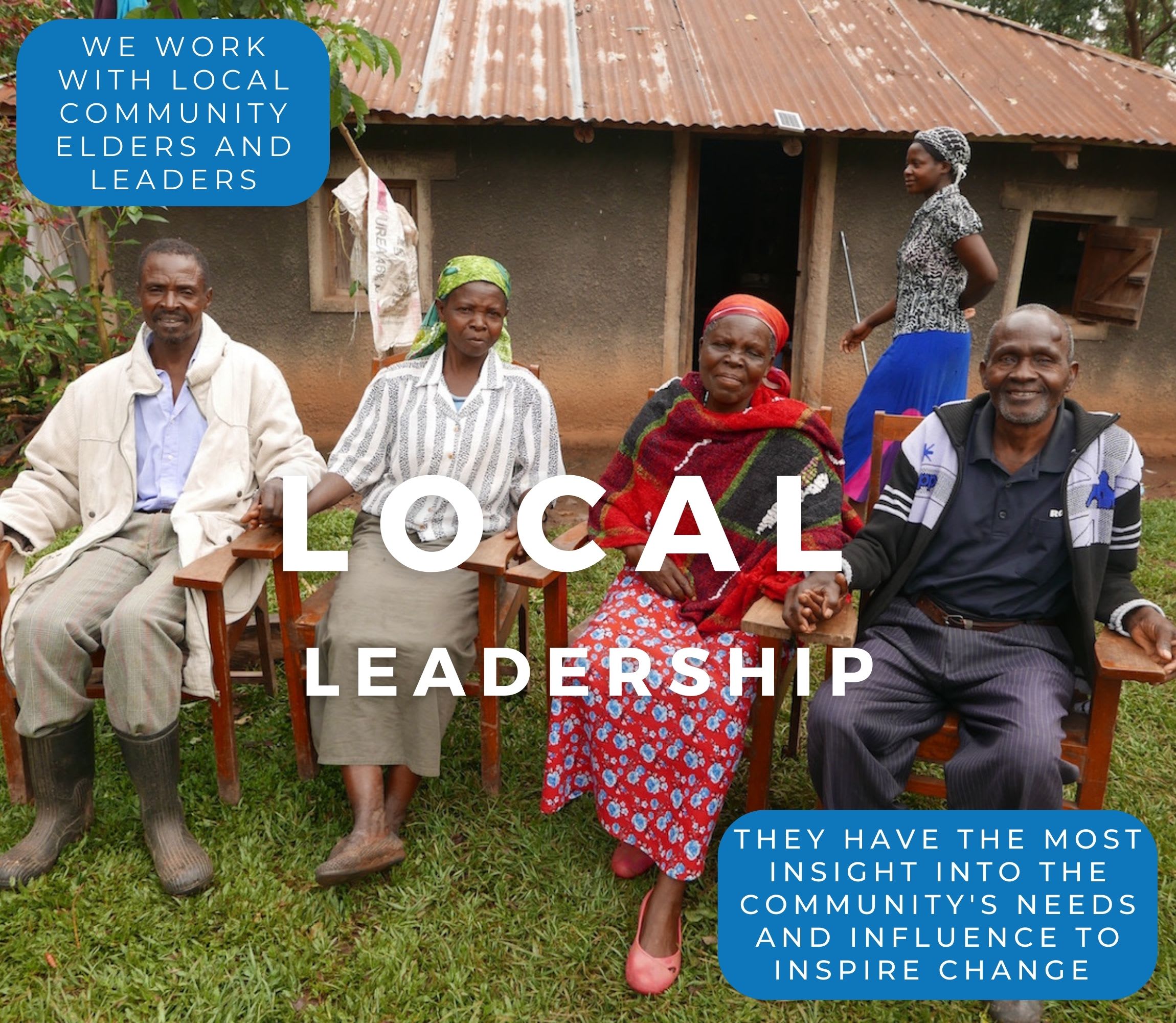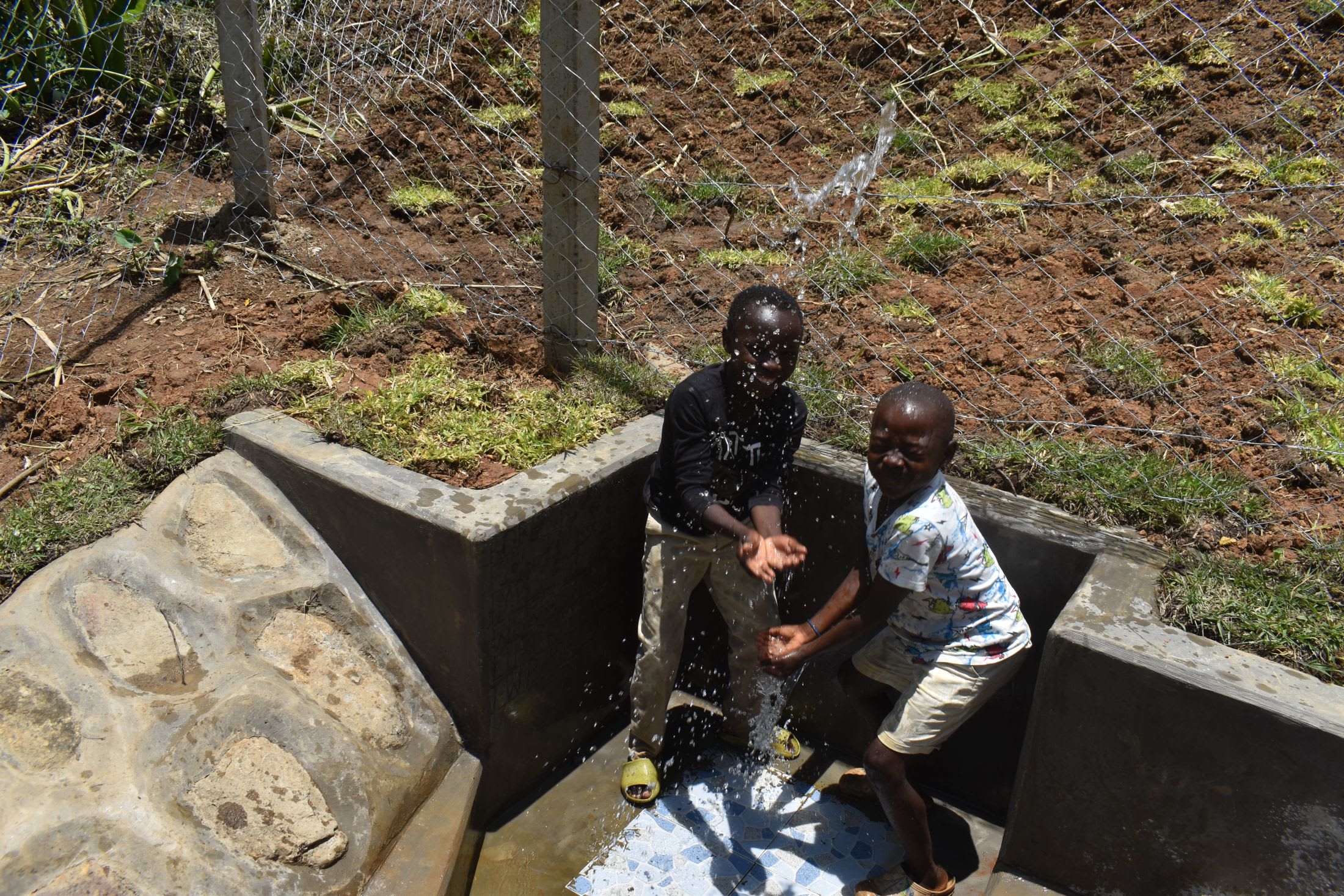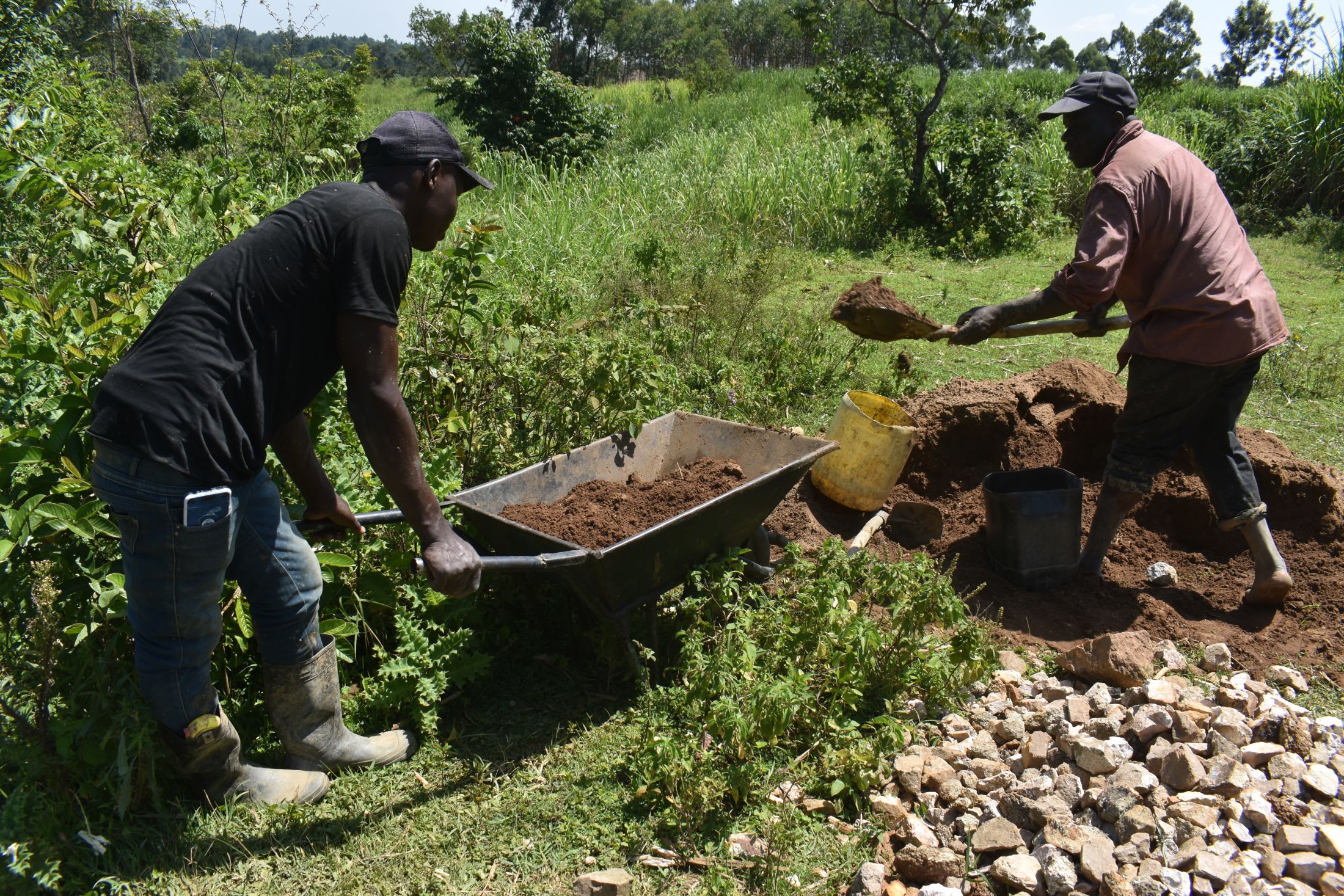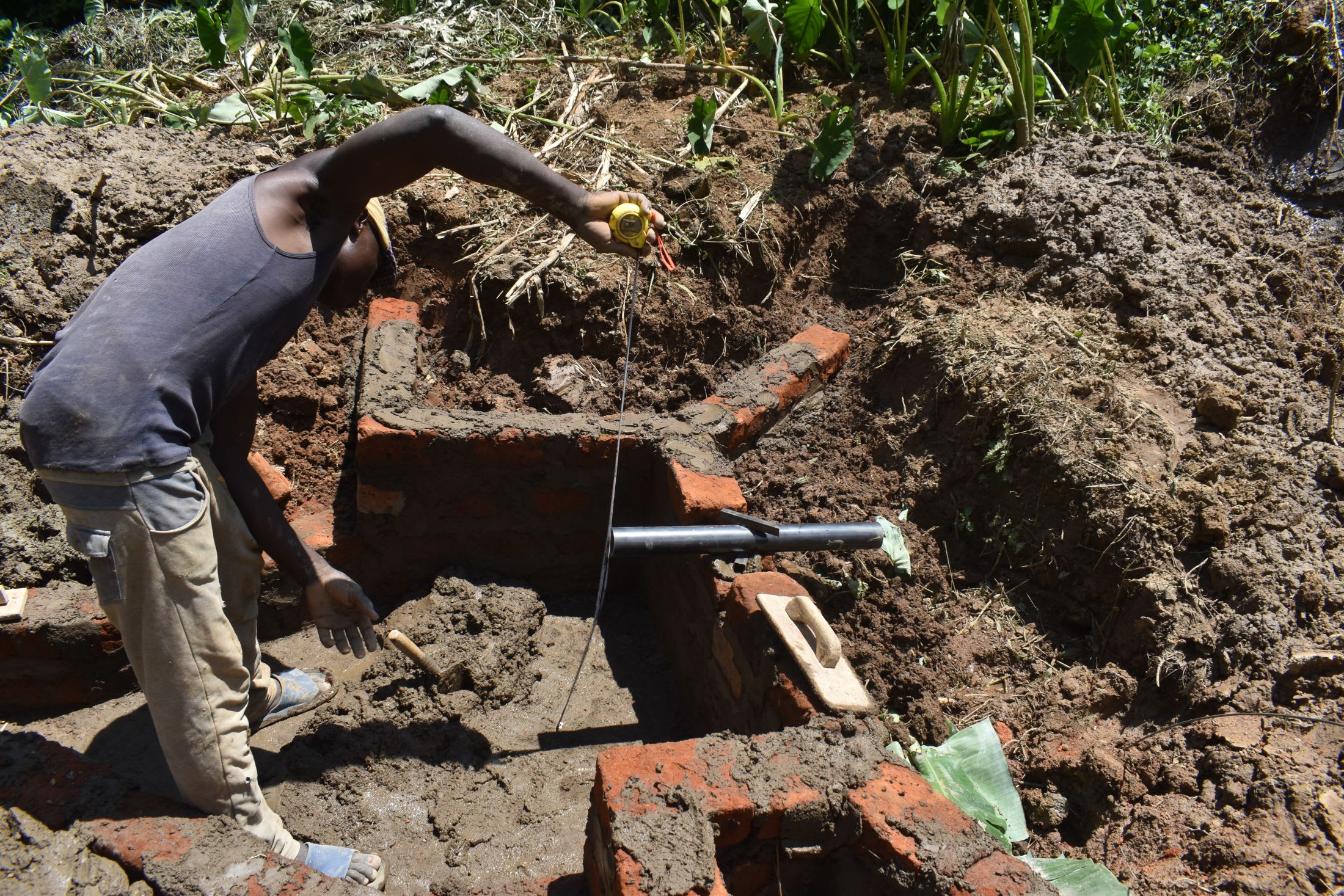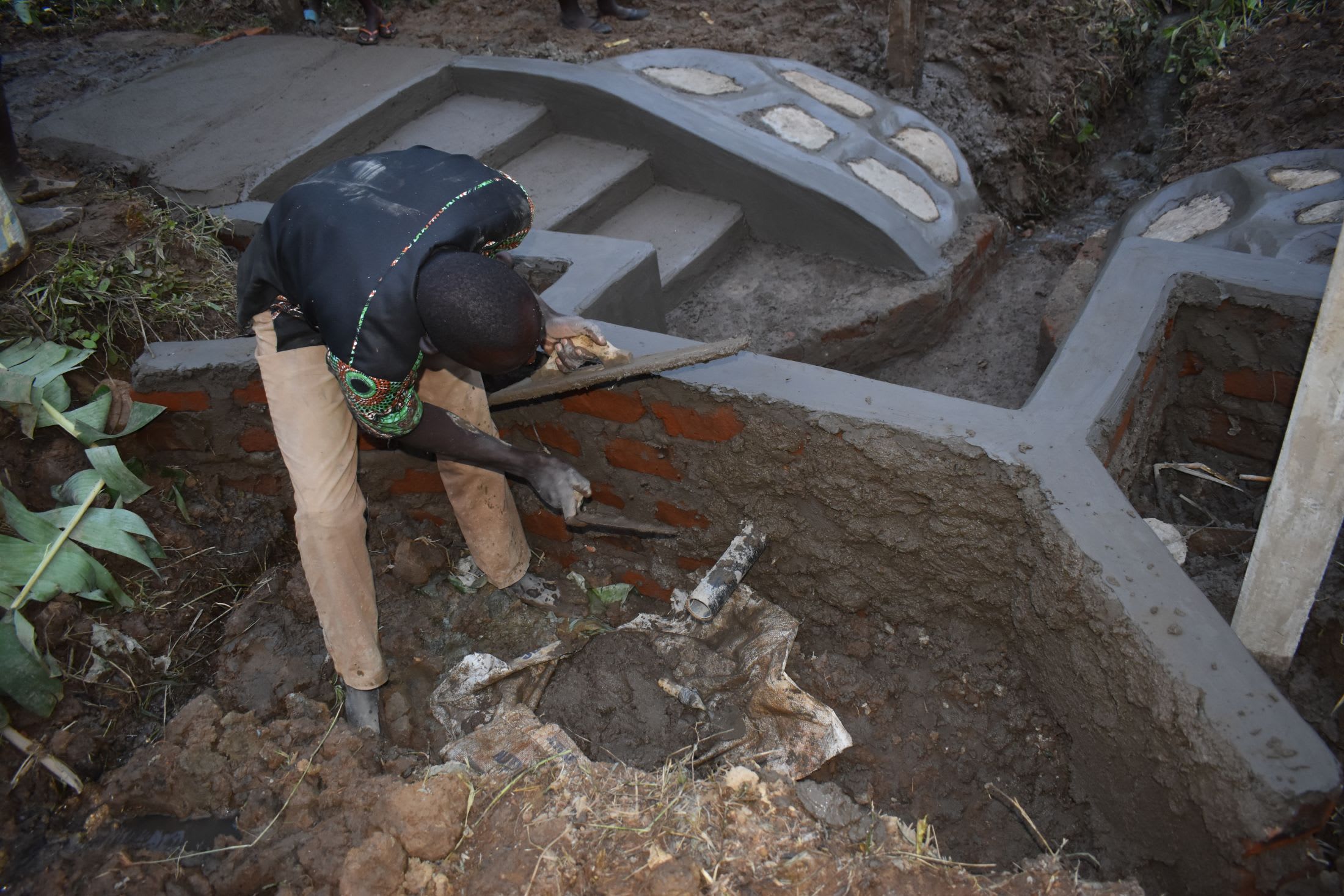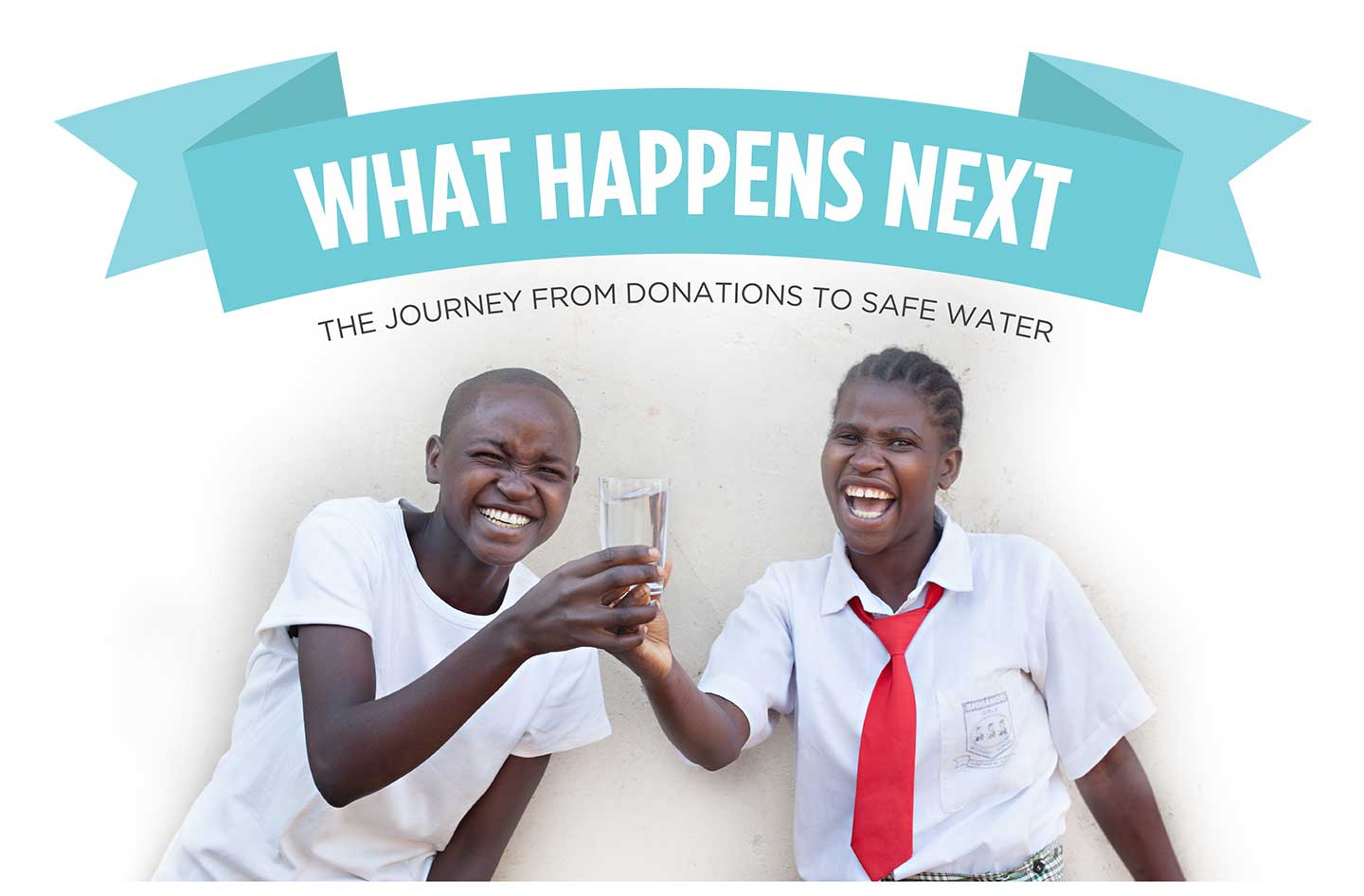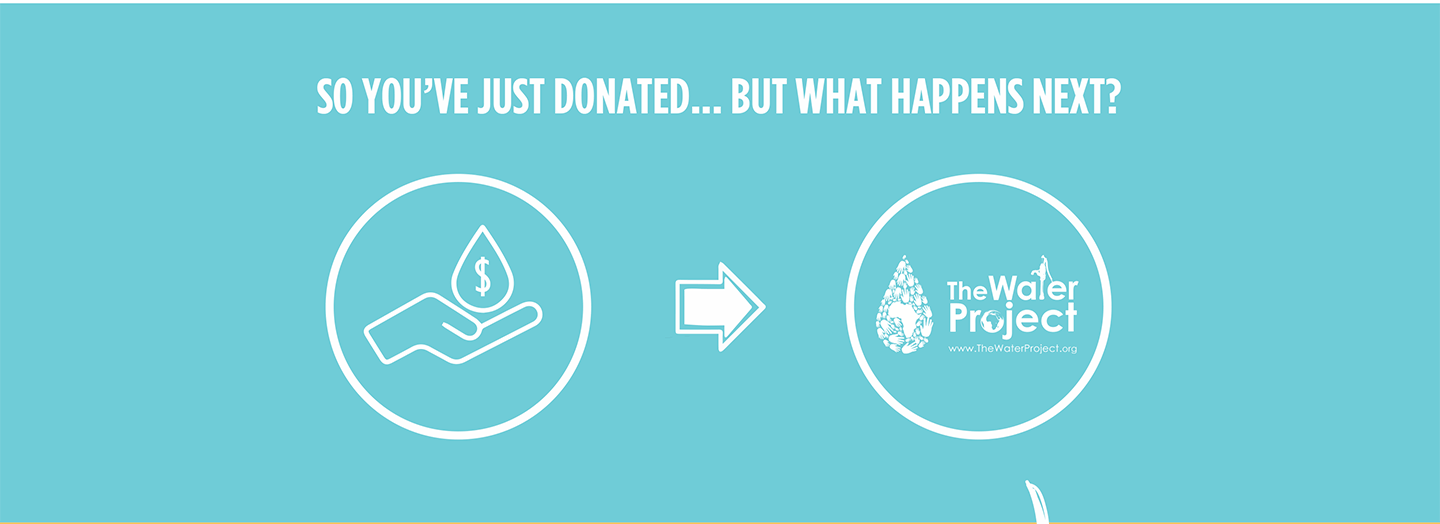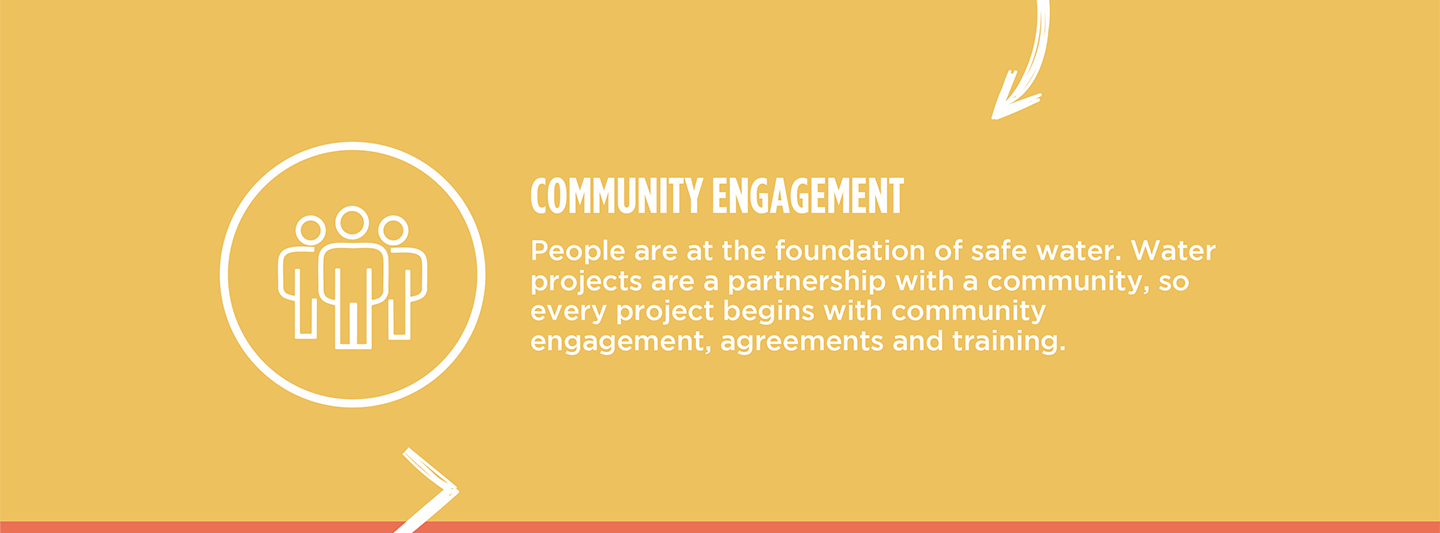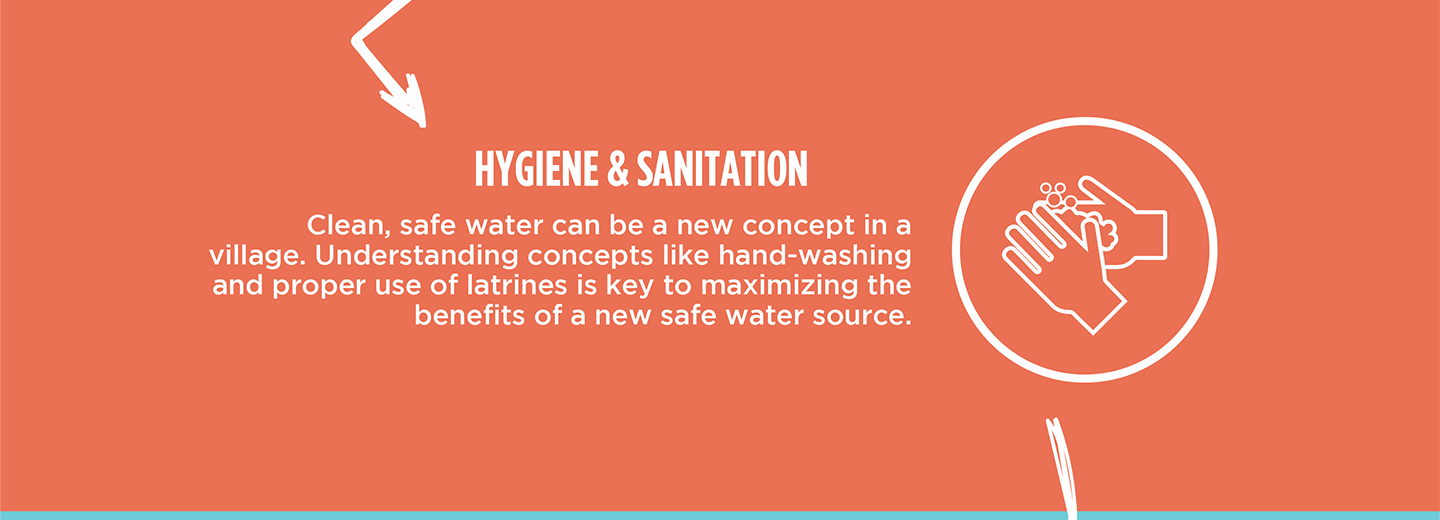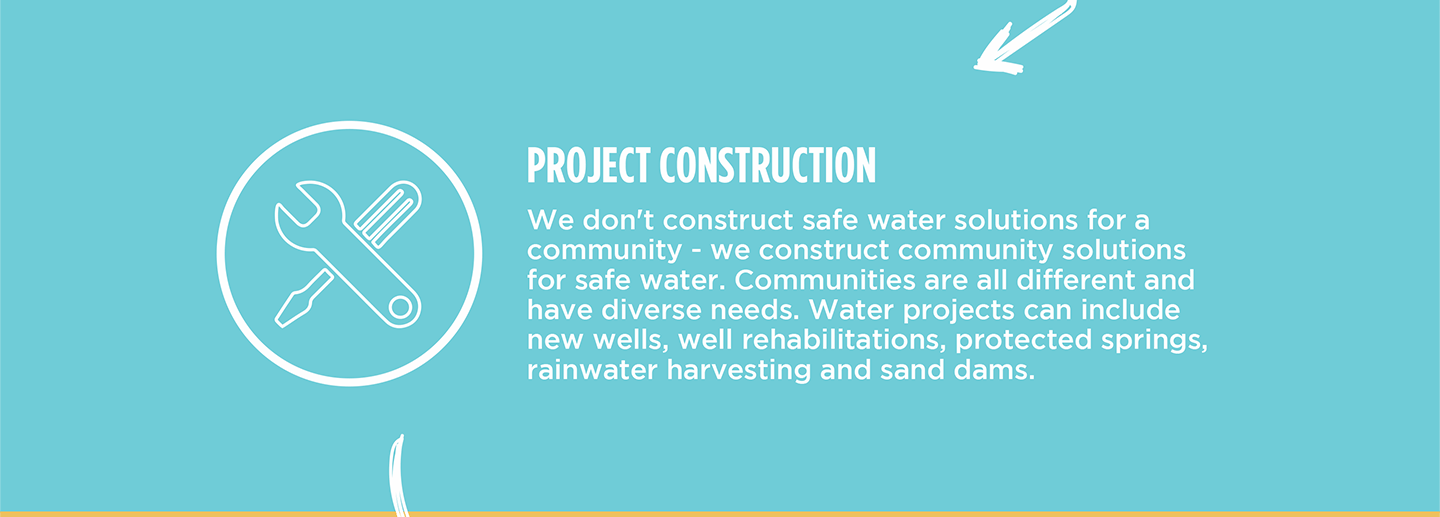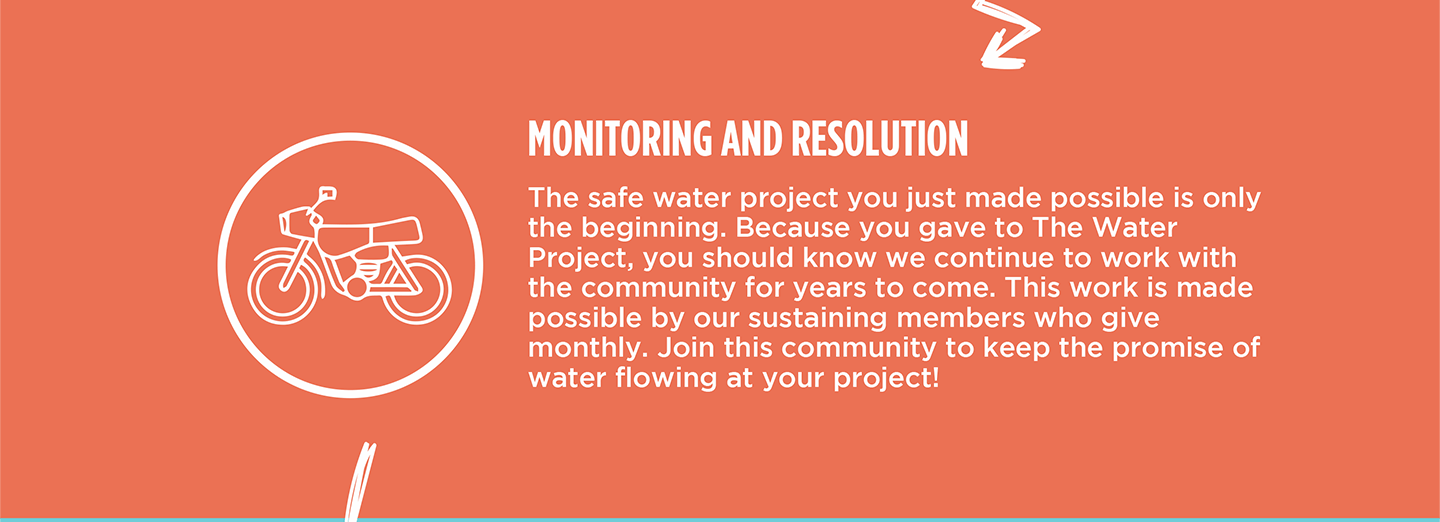The 180 community members who call Lukorido Community home struggle to access water they can drink without worrying if it will make them ill.
"In this community, there is no protected spring around, so community members rely on the unprotected springs, which most of them are seasonal or low yield, with only Robert Lumbasi Spring having good discharge yield," said field officer Stella Inganji.
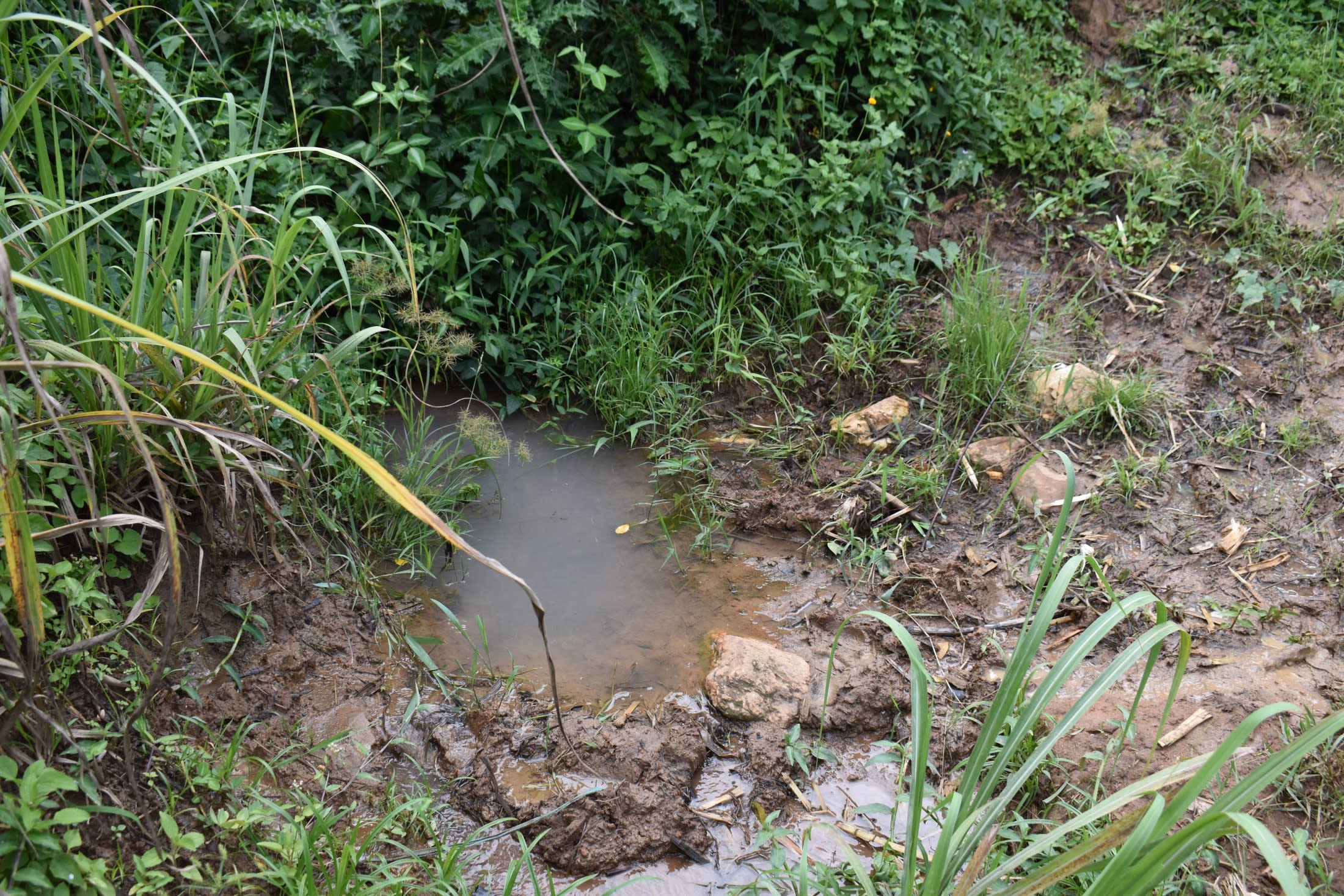
Stella continued: "Water has been a big challenge to this community where their water point is open. The spring is open to all kinds of contamination, which is dangerous to human consumption. The place is too dirty, with stagnant water all over and mud spread in the entire place. Most of them complain of waterborne diseases such as diarrhea and typhoid fever, and they fear if not assisted early, it may attract some deadly and dangerous big diseases like cholera."
"Secondly, the water source is in a sloped area where it is difficult to access, especially during [the] rainy season. The place is swampy and slippery, which can cause injuries when someone falls. Also, it is a bit bushy where it is dangerous, especially to the young ones if bitten by harmful animals," continued Stella.
"Just to think of coming to collect water always make me sick because the water point environment itself is very dirty, and to make it worse, the spring is at swampy area. Accessing it is also very difficult with stagnant water all over the place which makes it slippery and muddy," said 42-year-old farmer Wilmina Muyale, shown below collecting water from the unprotected spring.

"This water is too dirty, and because we do not have a choice or alternative water source, we normally take it like that, which affects our health often. Just recently, my younger brother was rushed to the hospital complaining of stomachache and vomiting after consuming the water. That is just one of many cases in the area. So this is the situation we always experience being in and out of hospital for treatment, and it's expensive," said 12-year-old Juliet A.

The protection of the spring will enable people like Wilmina and Juliet to collect water without fear and use their resources and time for other important daily tasks.
"The proposed water solution will not only bring light and good health to this community but also will improve the living standards of many households," concluded Stella.
The Proposed Solution, Determined Together...
At The Water Project, everyone has a part in conversations and solutions. We operate in transparency, believing it benefits everyone. We expect reliability from one another as well as our water solutions. Everyone involved makes this possible through hard work and dedication.
In a joint discovery process, community members determine their most advantageous water solution alongside our technical experts. Read more specifics about this solution on the What We're Building tab of this project page. Then, community members lend their support by collecting needed construction materials (sometimes for months ahead of time!), providing labor alongside our artisans, sheltering and feeding the builders, and supplying additional resources.
Water Access for Everyone
This water project is one piece in a large puzzle. In Kenya, Sierra Leone, and Uganda, we're working toward complete coverage of reliable, maintained water sources that guarantee public access now and in the future within a 30-minute round trip for each community, household, school, and health center. One day, we hope to report that this has been achieved!
Training on Health, Hygiene & More
With the community's input, we've identified topics where training will increase positive health outcomes at personal, household, and community levels. We'll coordinate with them to find the best training date. Some examples of what we train communities on are:
- Improved hygiene, health, and sanitation habits
- Safe water handling, storage & treatment
- Disease prevention and proper handwashing
- Income-generation
- Community leadership, governance, & election of a water committee
- Operation and maintenance of the water point
Chlorine Dispensers
Installing chlorine dispensers is an important piece of our spring protection projects. Protecting a spring provides community members with an improved water source, but it doesn’t prevent contamination once the water is collected and stored. For example, if the water is clean and the container is dirty, the water will become contaminated.
We ensure that each chlorine dispenser is filled with diluted chlorine on a consistent schedule so that people can add pre-measured drops to each container of water they collect. That way, community members can feel even more confident in the quality of their water.
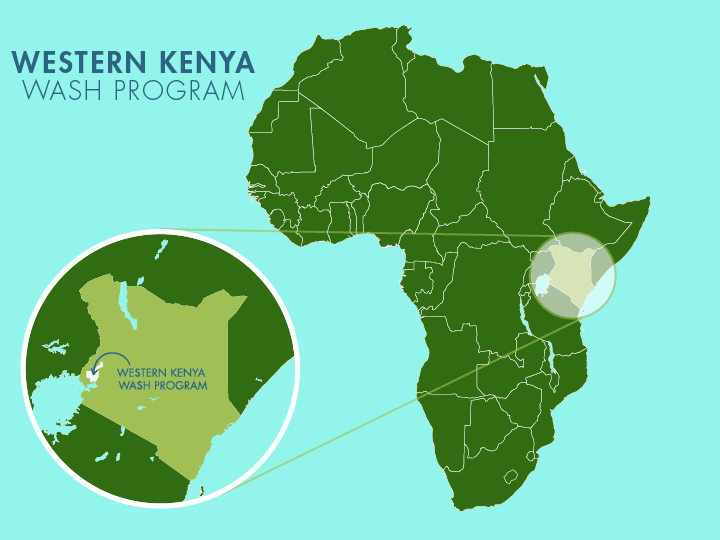
 Protected Spring
Protected Spring
 Rehabilitation Project
Rehabilitation Project

